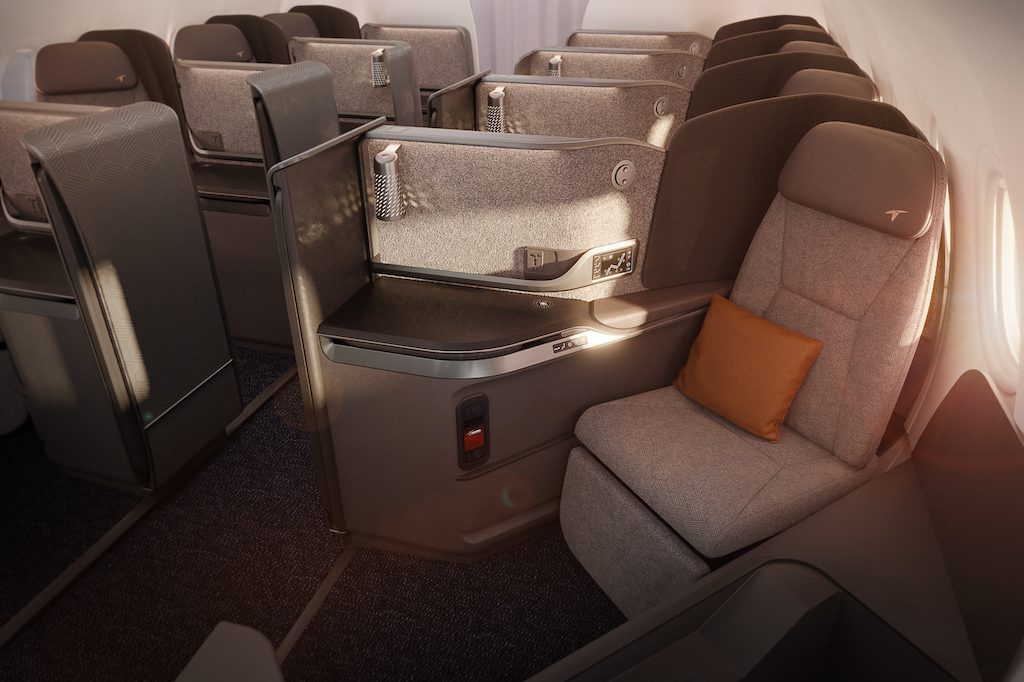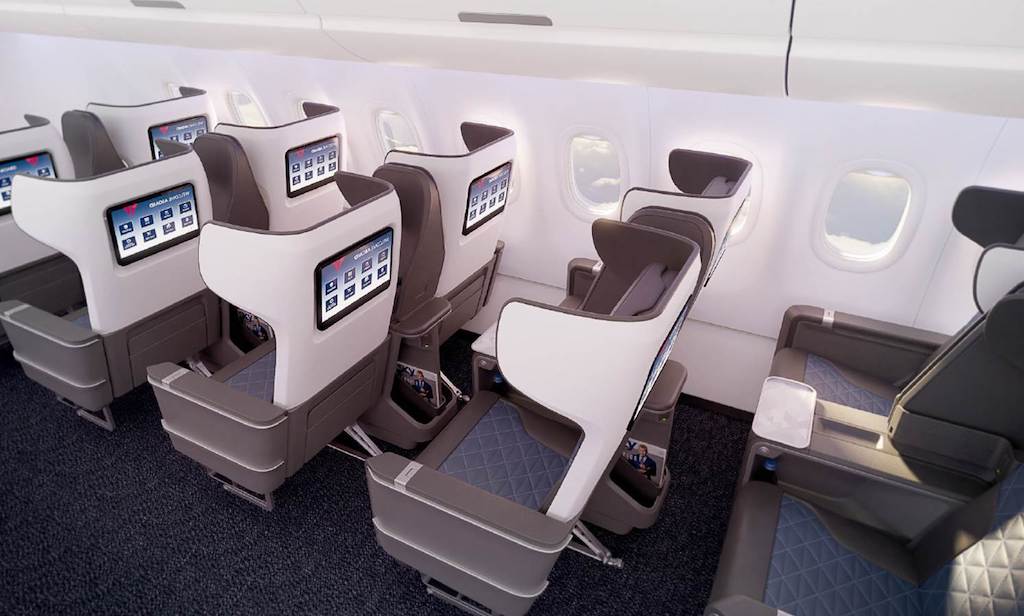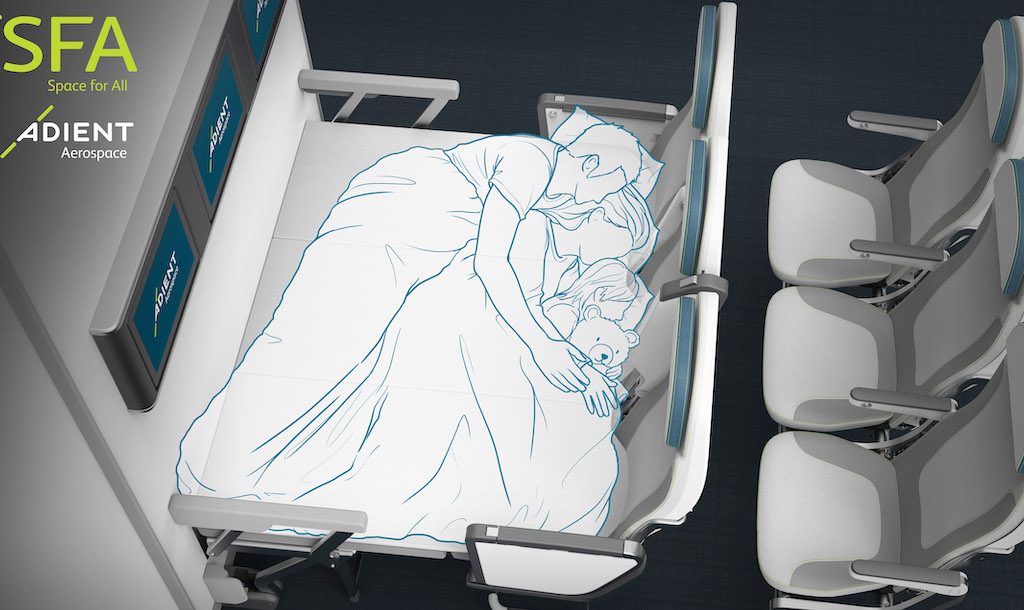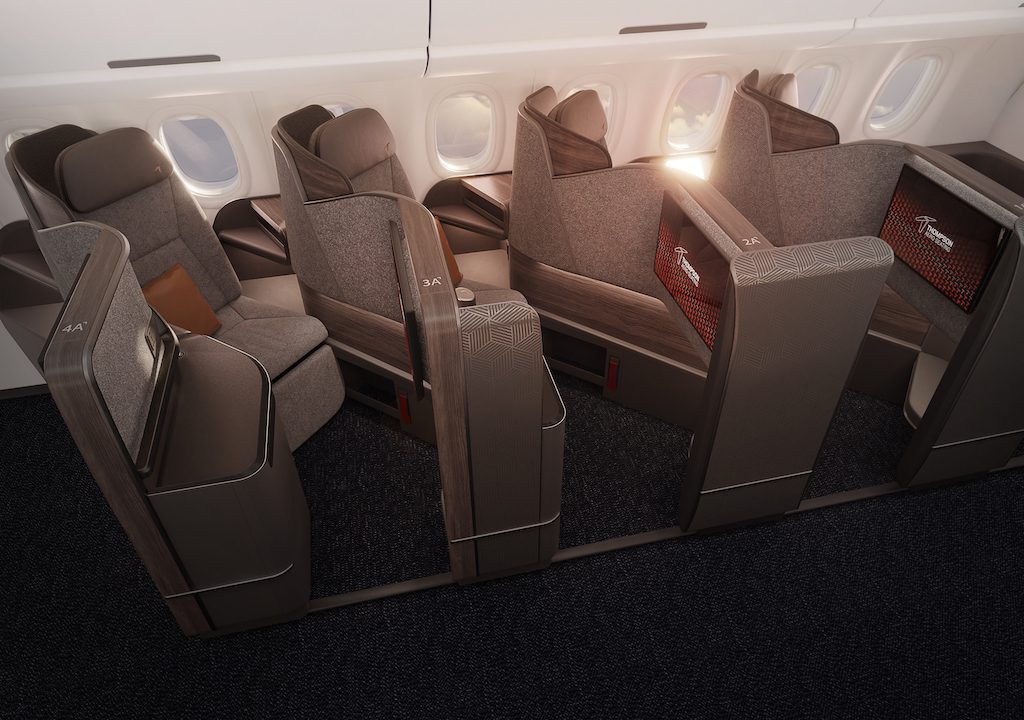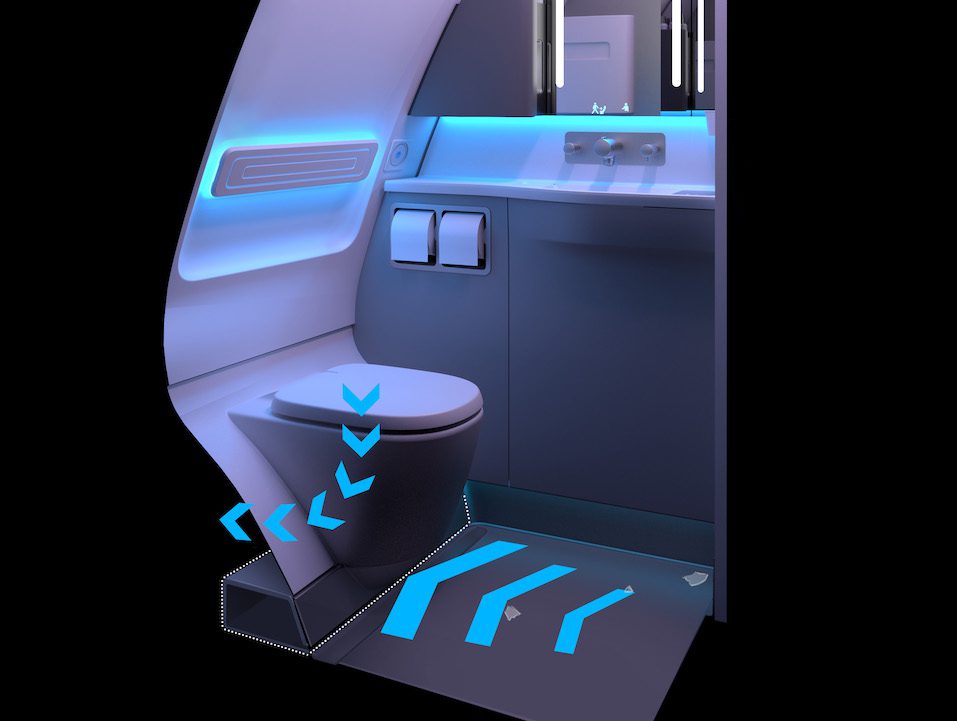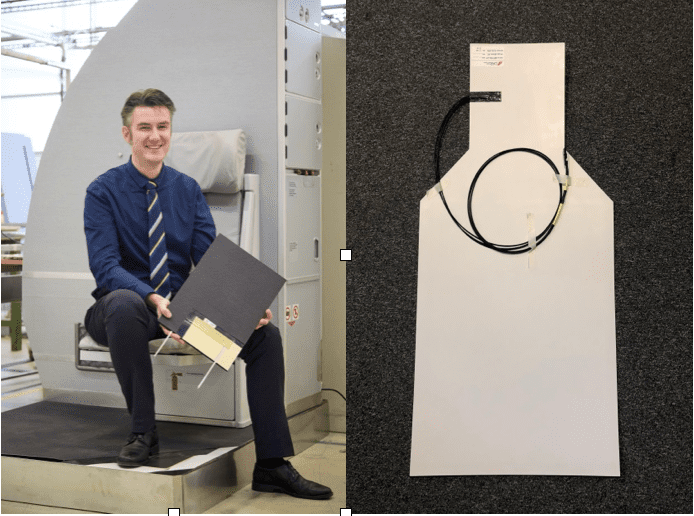Skift Take
Don't fault airlines for lack of innovation. It's a risky business that doesn't always reward companies that act boldly. Instead, take solace in knowing that airlines are embracing smaller innovations that could make travel better.
Travelers often complain the airline industry rarely innovates on products, with most airlines trotting out the same experience, with a few tweaks, year-after-year.
There’s a reason. In cabins, airlines have little room for error. If they take a chance on a new seating option — say a backwards/forwards economy class configuration, or even a proprietary business class suite — and passengers do not like it, they may lose share to competitors.
That’s not all. Airlines fear new products may not stand up to the rigors of three or four flights per day. Some airlines are willing to take a chance, but many prefer the most reliable products, ensuring they never will remove airplanes from service to fix a wobbly seat or a faulty entertainment screen. Advances often come when an airline installs an updated version of what’s already available, rather than something completely fresh. Or, if an airline wants bigger change, it may go with an established vendor over a company new to the industry.
This is why, when evaluating proposed airline innovations, it is best to focus on workable micro-improvements that make the travel experience better, rather than crazy ideas, like sleeping compartments in the cargo hold, that sound great but likely will never fly. (Qantas recently quietly shelved its plans for bunks below the cabin.)
On that front, there’s some good news. Many larger airlines have been consistently making money, and they’re more willing to invest in product. Many carriers are embracing smaller innovations that could improve the flying experience.
In April, a trade group called the Crystal Cabin Award Association will give awards to airlines and suppliers that have created the most intriguing ideas in the past year. Some of these innovations are already flying, while others will soon. Some are waiting for a customer, but because many are plausible, an airline may commit eventually.
Here are some of the products nominated for awards that caught our attention because they’re both feasible and could improve the flying experience.
ZERO Waste – Economy Meal Tray
Airlines might want passengers to think otherwise, but they don’t have many remedies to solve the problem of fuel burn. Airplanes use a lot of gas, and while aircraft get more efficient each year, carbon emissions will be a problem for the foreseeable future.
Trash is another matter. By one estimate, each passenger produces about three pounds of waste per flight. Some is stuff they bring on board, but much is provided by the airline, including food wrappers, drink cups, and snack and meal trays.
PriestmanGoode, a design firm, has been working to help airlines trim waste and created a lightweight tray made of edible, biodegradable or commercially compostable materials.
PriestmanGoode is betting airlines that want to do the right thing will invest in its tray design. But it may help with beating regulations, too. The company argues this tray will be useful in countries that plan to ban single use plastics.
Delta’s Next-Generation First Class
For several years, the three major U.S carriers – American, United, and Delta — have been installing the same first class seat, the MIQ, made by Rockwell Collins. It’s a reliable, comfortable seat that customers generally like.
Most airlines wouldn’t mess with success. But Delta is going a different direction. Delta claims it has designed a new domestic first seat “from the ground up” after conducting customer research. It will debut later this year on the airline’s Airbus A321neo aircraft.
Delta designed it with German seat-maker Recaro and design company FactoryDesign. According to the airline, it will have three times as much storage as Delta’s existing A321 seat, as well as 25 percent more tray table space. It will also have customer-facing power ports and enhanced memory-foam cushions.
Adient Aerospace – Space For All
The first row of each cabin, or the bulkhead, usually has more room than others. However, airlines rarely do much with the extra space other than upsell it to customers or allow passengers to place a bassinet next near the seat.
Adient Aerospace, a joint venture between Boeing and Adient, which makes interior components for cars, wants to change that. It is betting customers might want a bed-style mechanism that folds from the bulkhead.
At least two airlines – Air New Zealand and China Airlines — offer a similar product. But theirs are smaller, because neither uses unused space from the bulkhead seats. Families like the Air New Zealand and China Airlines options, but they’re tight.
This proposed space is larger. According to Adient, customers can have as much as 17 square feet of shared flatbed space
Thompson Vantage SOLO
The typical business class customer is less product sensitive than you might think. Often, these travelers want to travel exactly when they want —that means flight frequency is important — and they demand to fly nonstop. For many premium class road warriors, seat and the in-flight service is a secondary consideration.
Still, airlines have learned there is an exception. More business passengers now demand solo seats so they don’t need to step over a neighbor to reach the aisle.
Those are easy to offer on a wide-body jet, but airlines haven’t been able to make the geometry work on narrow-body jets, like the Boeing 737 and Airbus A320 family. Yes, airlines can install any seat they want, but they need to do it in a cost effective way, and one seat on either side of the aisle is not an efficient use of space.
The seat-maker Thompson has found a way to make airlines and customers happy. It created a seat with only 33-inch pitch (similar to an economy class extra-legroom seat) that offers aisle access for each passenger. The seat will debut later this year, according to Thompson.
Lavatory Dry Floor Concept
If you’ve spent time in an airplane bathroom, you know they’re not hygienic. Among other problems, liquid pools on the floor, and passengers, not all of whom wear shoes, step in it.
Airbus knows this is a problem. “When the lavatory is used intensively by passengers, cleaning cannot be done sufficient and spilled liquids and particles (paper towels e.g.) will remain on the floor panel, which makes the lavatory often unhygienic and airlines demanding for solutions,” the company wrote in a recent press releasing touting its fix.
Airbus wants to use an existing vacuum system in the aircraft to guzzle water, promising this will obviate the problem without requiring human intervention. The system will “draw in particles and liquids from the floor by a nozzle integrated [in] the floor panel,” Airbus said.
The system could be triggered automatically, either when the toilet is flushed, or at regular intervals.
HeatNow
Have you ever paid extra to sit in the exit row only to learn a disturbing secret? The exit row area is almost always colder than the rest of the plane, sometimes significantly.
Lufthansa Technik claims it has come up with a cost effective fix by using a special heated coating made from glass-fiber reinforced plastic. “Heatnow can be installed onto almost every desired floor panel, galley or seating area no matter the aircraft type and is easily exchangeable,” the company said in promotional materials.
For now, Lufthansa Technik is focused on areas around flight attendant jump seats, which can be as cold as exit rows. In the future, though, the company sees the technology as applicable to passenger seats.
The Daily Newsletter
Our daily coverage of the global travel industry. Written by editors and analysts from across Skift’s brands.
Have a confidential tip for Skift? Get in touch
Tags: airline innovation, airline passenger experience
Photo credit: This seat, by Thompson Aero Seating, may seem no different than products that have been on the market for years. But it is innovative, because no manufacturer had figured out to put an efficient all-aisle access seat on a narrowbody jet. Thompson Aero Seating
